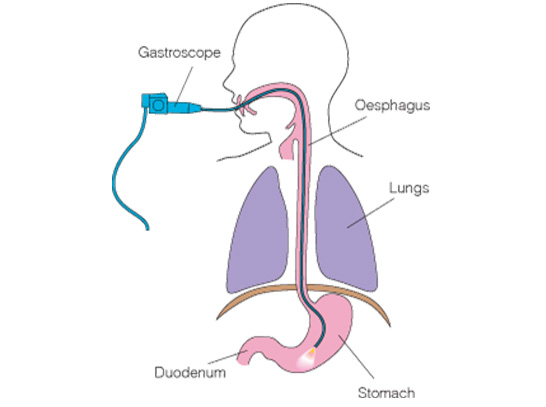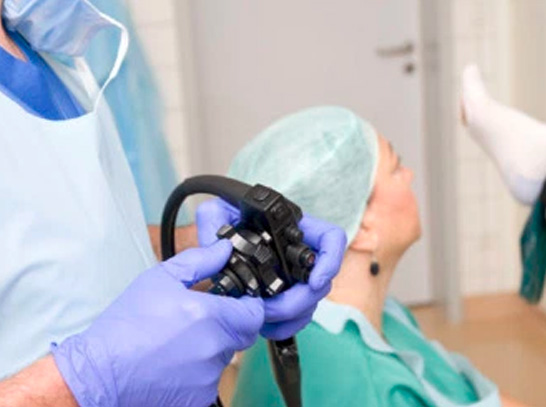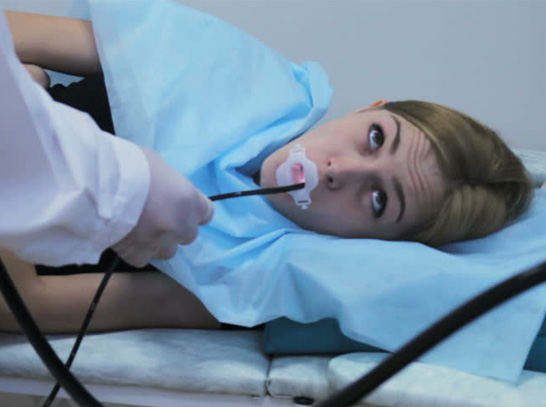Expert Gastroscopy Services
A gastroscopy is a medical procedure where a thin, flexible tube called an endoscope is used to look inside the stomach. The procedure is also sometimes referred to as an upper endoscopy. An endoscope has a light and a camera at one end. The camera sends images of the inside of your body to a television monitor. A gastroscopy is a very common procedure, with more than 600,000 carried out by the NHS in England each year. This topic focuses on gastroscopies that are used to examine and/or treat conditions affecting the upper section of the digestive system, such as the stomach and gullet.
A gastroscopy may be recommended if you have symptoms that suggest a stomach problem. This could be difficulty swallowing (dysphagia) or persistent abdominal pain. The procedure can be used to help diagnose the underlying cause of your symptoms. A gastroscopy can also be used to treat various gut-related problems.
Tiny tools can be passed down the endoscope to:
Repair bleeding ulcers and veins
Widen a blocked oesophagus (the tube through which food passes to the stomach)
Provide nutrition if you're unable to eat food in the normal way
Remove non-cancerous growths (polyps) or early-stage cancerous tumours
A gastroscopy can take time, depending on why it's being used. It's usually carried out as an outpatient procedure, which means that you won't have to spend the night in hospital. The procedure is often carried out under sedation. You won't be asleep but you'll be very drowsy and have little awareness about what's happening. Alternatively, your throat can be numbed with a local anaesthetic spray. The doctor carrying out the procedure will place the endoscope in the back of your mouth and ask you to swallow the first part of the tube. It will then be guided down your oesophagus and into your stomach.




